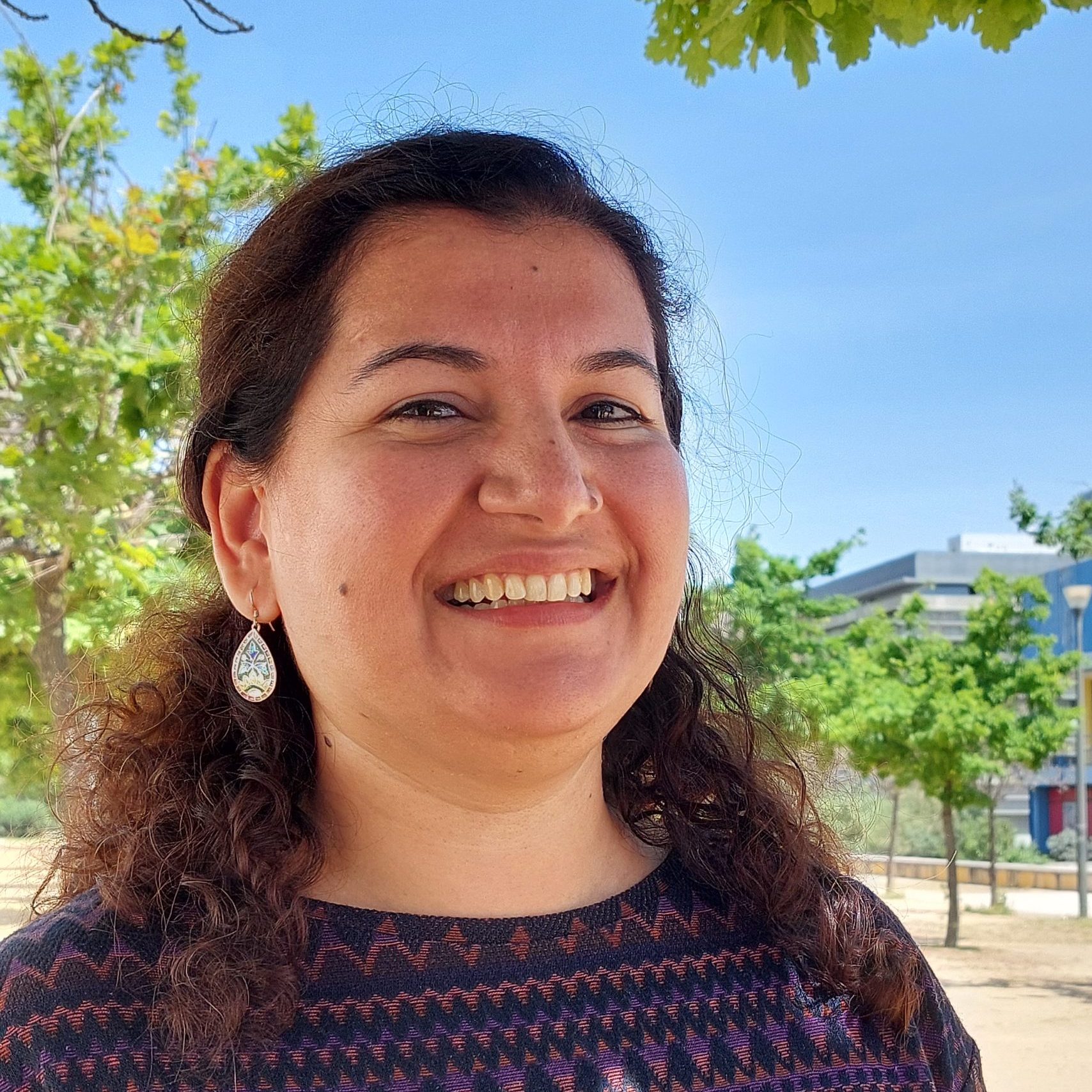Dolly Sapra is a Postdoctoral Researcher at University of Amsterdam, where she also completed her PhD under prof. A.D. Pimentel in Parallel Computing Systems (PCS) group. She holds an M.E. (Engineering) degree in Computer Science from BITS-Pilani, India. She turned to academic research after working in the industry as a software developer, for nearly a decade in India and in the U.K. Her current research is mainly focused on neural architectures for embedded devices, which includes multi-objective neural architecture search and adaptive architectures for resource constrained systems. She enjoys supervising graduate and undergraduate projects in the domain of neural networks and edge devices. In the ADMORPH project she brings her expertise in Design Space Exploration for adaptive systems.
Your education background is in Computer Science and Engineering. Did you always fancy computer technology? What was your main motivation to pursue a path in this technological area?
I was introduced to programming at a young age by my school. My first program was written in BASIC language, when I was 10 years old. It was a love at first sight kind of feeling for coding and computers at that time. I knew as a young girl that I am going to be connected to programming in some way throughout my growing up years and later as an adult.
During my engineering studies (bachelors and masters) I developed a keen interest in computer systems. Even though I was not involved in direct systems research during my career as a software developer in the Industry, I loved getting back to it when I joined PCS group as a guest researcher.
I was looking at your LinkedIn profile and saw that before moving to academia you worked in several companies. Based on your experience, would you say that females have the same opportunities than males in the industrial sector?
It depends. I have worked in 3 countries now – India, the UK and the Netherlands. The biases against woman are different in each country and so are the opportunities and struggles. For example, in India, I never heard the bias that “women cannot be good programmers”. The first time I received a comment that I do not look like a software developer was in the UK. I have heard similar stories in the Netherlands on the lines that it is surprising to see a good female computer scientist. The gender bias in India is different – generally related to the notion that a working woman needs more flexibility at her workplace and so is not very reliable. The gender bias in Europe is related to the notion that women are not very good at programming and technical skills.
In my experience, the opportunities in the industrial sector also reflect these biases in the respective country. A new mom finds it extremely hard to land a new (better) job, get promoted and manage that elusive work-life balance in India. European companies allow more flexibility, but a woman still has to constantly prove her worth and skills to be taken seriously in her work environment.
What made you move away from industry and work for becoming PhD?
I was on a year-long sabbatical when I moved for my husband’s work-related transfer to the Netherlands. It was supposed to be a short stay in Amsterdam and then we were to go back to London. I was in dilemma whether to spend my energy in looking for a new job and resign soon after or just do something for fun. In the end I decided to work as a guest researcher at the local university, which turned into an offer to do more research as a PhD candidate. I quite enjoyed the academic world and its challenges, so decided to stay in the country and pursue the PhD degree.
Can you tell us about your work in ADMORPH? Are you applying your expertise in Machine Learning?
In the ADMORPH project, I bring my expertise in Design Space Exploration (DSE), for systems design and dynamic optimization. The aim of DSE is to design fault tolerant embedded systems (with task deadlines). The system needs to react to resource failures over a long period of time, so the task deadlines are always satisfied. This allows the system to be adaptive in order to have better reliability.
I am also looking at Reinforcement Learning based techniques to improve the current DSE algorithm.
Finally, what would you say to young female students to attract them to Computer Science?
Live your life by your strengths, not weaknesses. Spend some time reflecting on what you are good at and make your career where you can work with your strengths. If computer science excites you and if programming and its logical creativity stimulates you, do not be afraid to follow a technical path.
If you find you are alone on your path, reach out beyond your immediate world to find your tribe. There are many people who will be on the same journey as you – you only need to look beyond your bubble. Send emails, get active in forums, even look out on social media, there are now a ton of influencers and role-models telling their unique stories and providing words of wisdom and encouragement.
Thanks for sharing with us your perspectives, and best wishes for your career!

